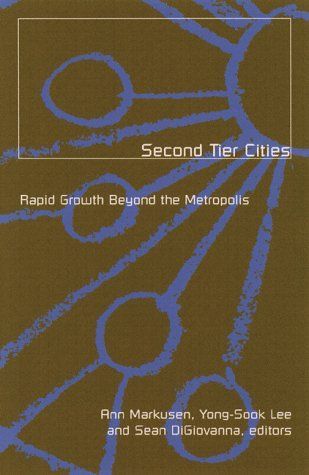
Second Tier Cities Rapid Growth Beyond the Metropolis
Over the past thirty years, transnational investment, trade, and government policies have encouraged the decentralization of national economies, disrupting traditional patterns of urban and regional growth. Many smaller cities -- such as Seattle, Washington; Campinas, Brazil; Oita, Japan; and Kumi, Korea -- have grown markedly faster than the largest metropolises. Dubbed here "second tier cities, " they are home to specialized industrial complexes that have taken root, provided significant job growth, and attracted mobile capital and labor. The culmination of an ambitious five-year, fourteen-city research project conducted by an international team of economics and geographers, Second Tier Cities examines the potential of these new regions to balance uneven regional development, create good, stable jobs, and moderate hyper-urbanization. Comparing across national borders, the contributors describe four types of second tier cities: Marshallian industrial districts, hub-and-spoke cities, satellite platforms, and government-anchored complexes. They find that both industrial and regional policies have been important contributors to the rise of second tier cities, though the former often trump the latter. Lessons for local, national, and international policymakers are drawn. The authors are critical of devolution and argue that it must be accompanied by strong labor and environmental standards and mechanisms to overcome differential regional resource endowments.